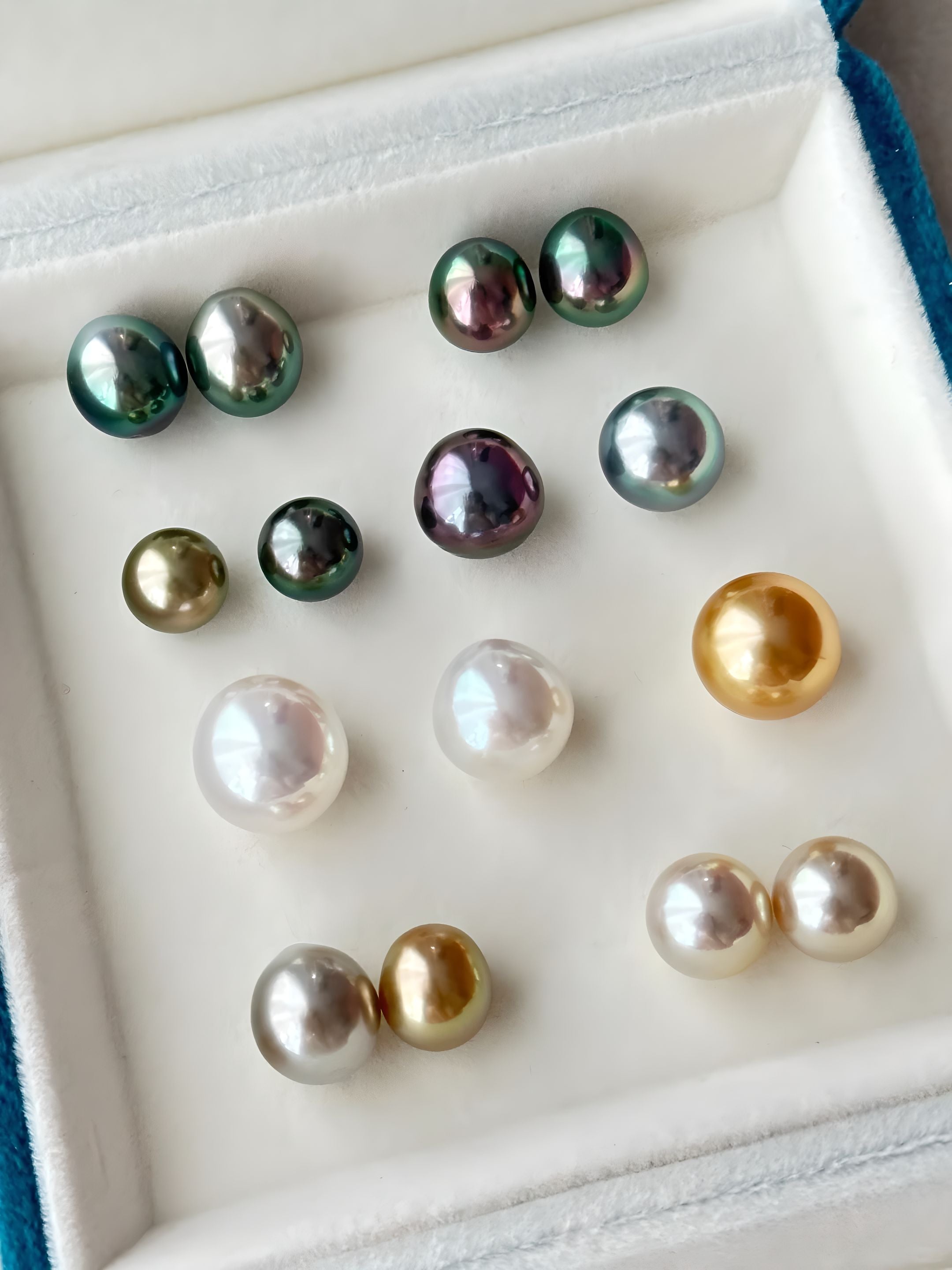
Are Edison Pearls Natural?
When Authenticity Meets Innovation: Unraveling the Mystery of Edison Pearls for the Modern Jewelry Enthusiast
Imagine holding a lustrous pearl, its iridescent surface reflecting a cascade of colors and light. Now consider this: Are Edison Pearls natural pearls? This question intrigues pearl enthusiasts and luxury jewelry aficionados alike, challenging our understanding of what makes a pearl both precious and unique. As we unravel this mystery, let’s dive into the world of Edison Pearls, exploring their origin, appeal, and place in the world of natural pearls.

What Are Edison Pearls?
Edison Pearls are known for their stunning appearance and remarkable size, often challenging traditional perceptions of pearls. But what exactly are they? Unlike classic natural pearls found in oysters without human intervention, Edison Pearls are the product of advanced cultivation techniques. They originate from the mussel species Hyriopsis cumingii, primarily farmed in China’s freshwater regions.
Crafted through innovative nucleation methods, Edison Pearls come in a myriad of colors and sizes, rivaling the beauty and grandeur of their natural counterparts. According to experts at The Pearl Source, “Edison Pearls can exhibit fantastic overtones and colors, making them highly desirable among modern jewelry connoisseurs.”
Are Edison Pearls Considered Natural?
The term “natural” carries significant weight in the pearl industry. Natural pearls form without any human intervention, a rarity that adds to their allure and price. Edison Pearls, on the other hand, are categorized as cultured pearls. This means that while their formation is initiated by human action, their growth and lustrous qualities are nature’s handiwork.
An informative piece by The Jewelry Editor explains, “Cultured pearls, including Edison Pearls, are an astonishing feat of cultivation, bridging the gap between nature’s wonders and human ingenuity.” Thus, while not natural in the purest sense, Edison Pearls embody the essence of what nature can achieve with a little nudge from science.
The Unique Appeal of Edison Pearls
Edison Pearls stand out for several reasons. Their vibrant hues—ranging from pastel pinks to deep purples—make them a trendy choice for both contemporary and classical jewelry designs. These pearls also tend to be larger than traditional cultured pearls, providing a bold, opulent look desired by many. According to a GIA Gemologist, “Their size and quality allow Edison Pearls to compete with South Sea and Tahitian pearls, often at a more accessible price point.”
The Journey from Mussels to Jewelry
Understanding the cultivation process enhances our appreciation for Edison Pearls. It begins with the careful selection of mussels, followed by meticulous nucleation, where a bead is inserted to encourage pearl formation. Over time, layers of nacre coat the bead, giving rise to the pearl’s signature luster. This process, although guided by human hands, remains largely at the mercy of nature, resulting in unique pearls that are crafted part by chance, part by design.
Conclusion
So, are Edison Pearls natural pearls? While they may not be natural in the traditional sense, their beauty and sophistication speak volumes about the harmonious blend of nature and cultivation technology. Edison Pearls offer a unique perspective in the world of luxury jewelry—appealing to those who appreciate both the artistry of pearl cultivation and the timeless allure of these gems.
As you consider adding Edison Pearls to your collection, remember that each pearl, whether natural or cultured, tells its own story of creation, making it a truly unique treasure.
Keywords
- Edison Pearls
- Natural Pearls
- Cultured Pearls
- Freshwater Pearls
- Pearl Jewelry



Leave a comment
This site is protected by hCaptcha and the hCaptcha Privacy Policy and Terms of Service apply.